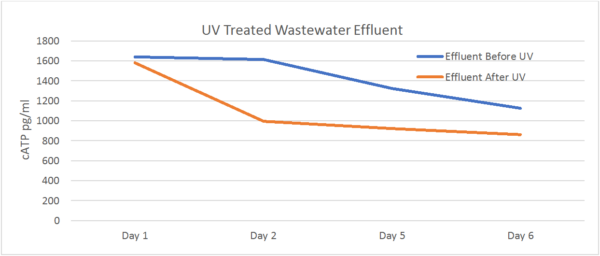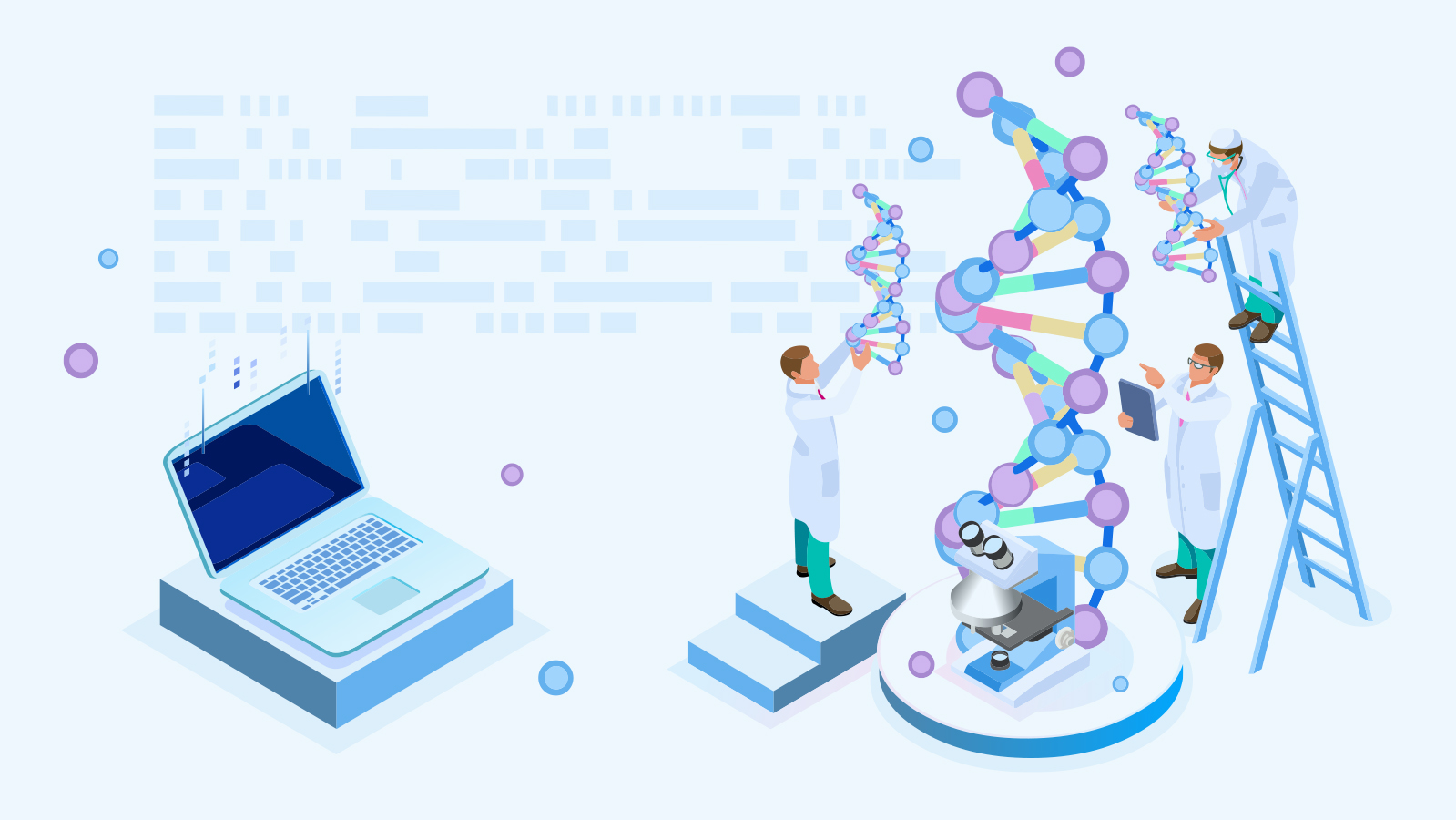UV treatment only recently became widely adopted in the water and wastewater treatment industries but the benefits of sun exposure for water purification have been acknowledged for thousands of years. Ancient Sanskrit and Greek writings dating as far back as 4,000 B.C. identify exposure to sunlight as one of the recommended water treatment methods to improve the taste, odor, and clarity of drinking water. It wasn’t until the mid-1800’s however, with John Snow’s theory on cholera transmission and Robert Koch’s agar development, that we began to identify microbiological pathogens and the risks associated with them. In 1877, the germicidal properties of sunlight were discovered by Downes and Blunt and in 1910 in Marseilles, France, the first UV disinfection system for drinking water was operated. UV disinfection was still slow to gain traction in the industry until the 1970’s with the discovery of disinfection by-products (DBPs).
With new developments in water quality monitoring methods and metagenomics, we are now keenly aware of the risks posed by microbial pathogens and, with increasing concern of DBPs from chemical addition, UV treatment has gained significant popularity as a non-chemical disinfectant with thousands of plants now operating across North America.
What does UV treatment mean for microbes and why don’t we see a decrease in ATP levels if it’s so effective as a disinfectant?
Compared to chlorine, which destroys the cell membrane, UV treatment is a physical process where UV light mutates and/or degrades DNA and RNA in bacterial and viral cells. The violet-blue spectrum is most effective and 254 nm provides the maximum germicidal effect against most microbes. Although the cells remain alive, damaged DNA/RNA prevents the cell from reproducing, leaving them non-culturable and reducing the risk to consumers. This, however, makes it possible for ‘false-negatives’ to occur with traditional culture-based compliance tests. Because the bacterial concentration remains relatively consistent immediately before and after treatment, ATP – still safely within the cell membranes – often shows no significant change until hours after treatment when the cells have had time to die off. A recent trial done with UV treated wastewater effluent, showed a significant decrease in ATP levels only after 24 hours:
Research also shows that UV treated cells can enter a dormant state from which they can later wake up and begin reproducing again. This poses a potential risk for utilities relying solely on UV disinfection. Xin Yu, a researcher at the Chinese Academy of Science’s Institution of Urban Environment found that, although plate counts showed a ~99% decrease in bacterial concentration after UV treatment, qPCR demonstrated that most bacteria remained alive and retained the ability to synthesize proteins. Under the right conditions, these cells – both E.coli and P.aeruginosa – were able to come back to life and continue reproducing, suggesting that plate counts may underestimate the size of the viable population. Although the risk is low, the research confirms that UV treatment should not be relied upon alone and should be paired with low doses of disinfectants for optimal efficacy.
While ATP can’t be used to immediately gauge UV treatment efficacy, it can be used as a tool to monitor changes in the size of the total biological population over time, and under different conditions, to assess overall risk and optimize process efficiency.










